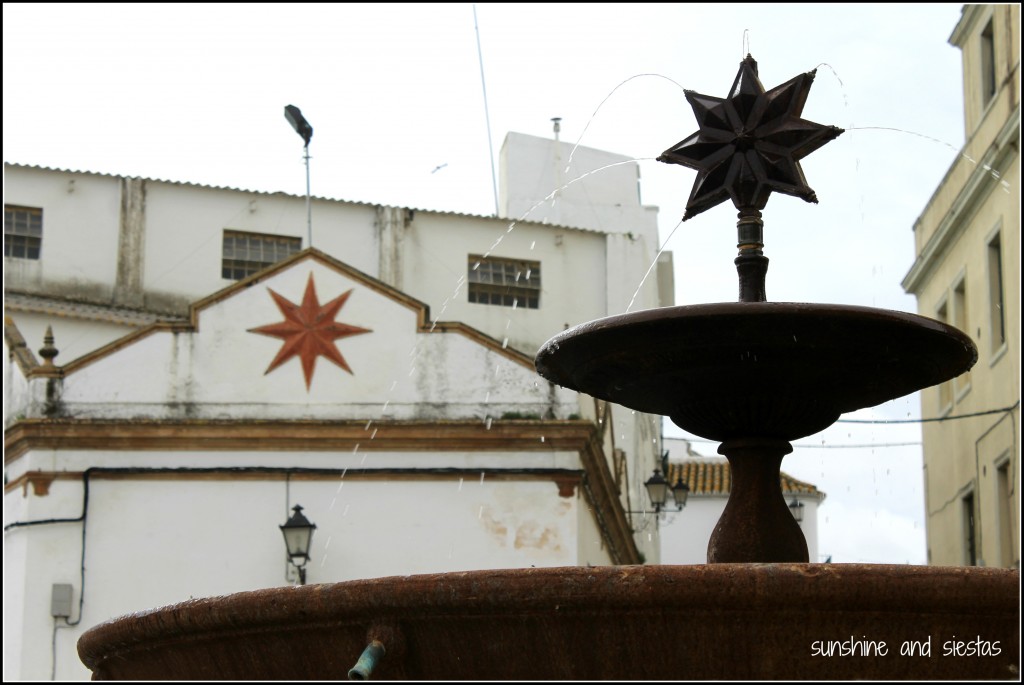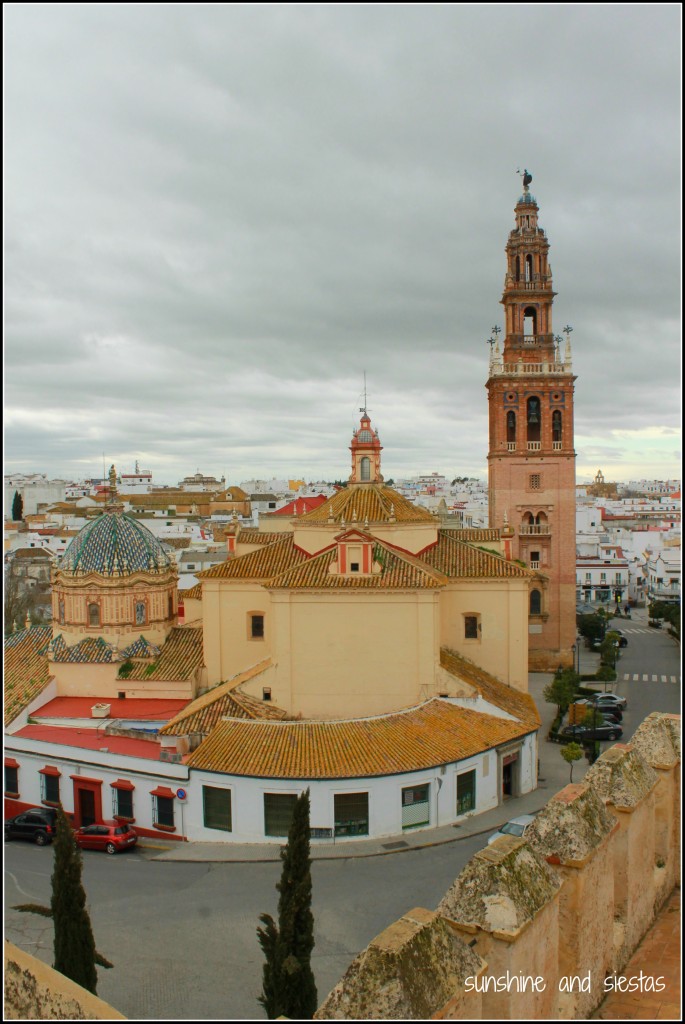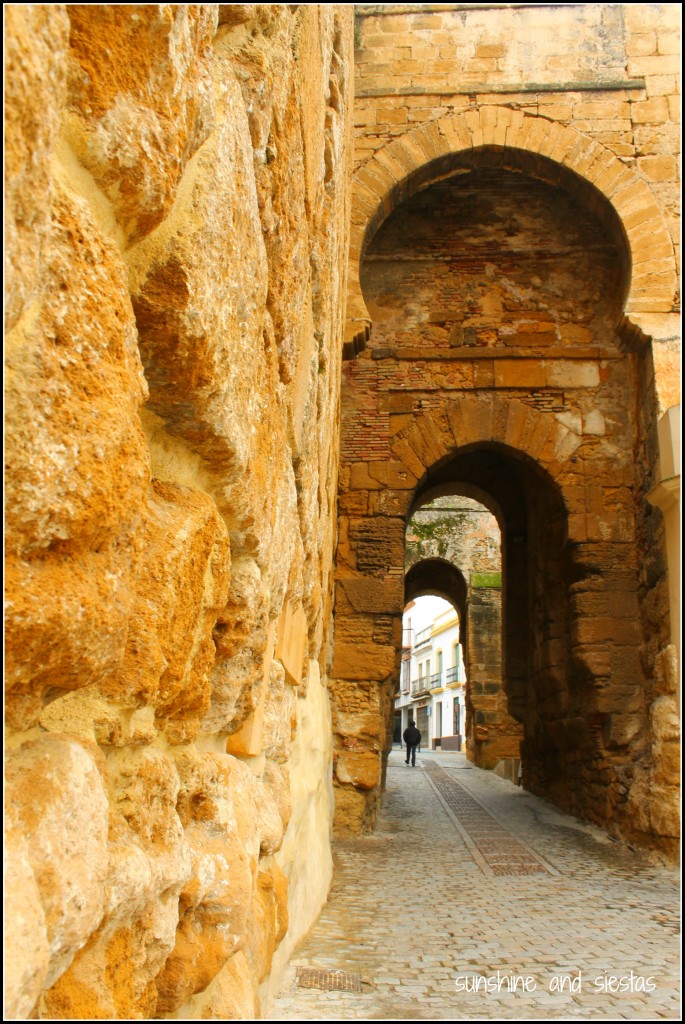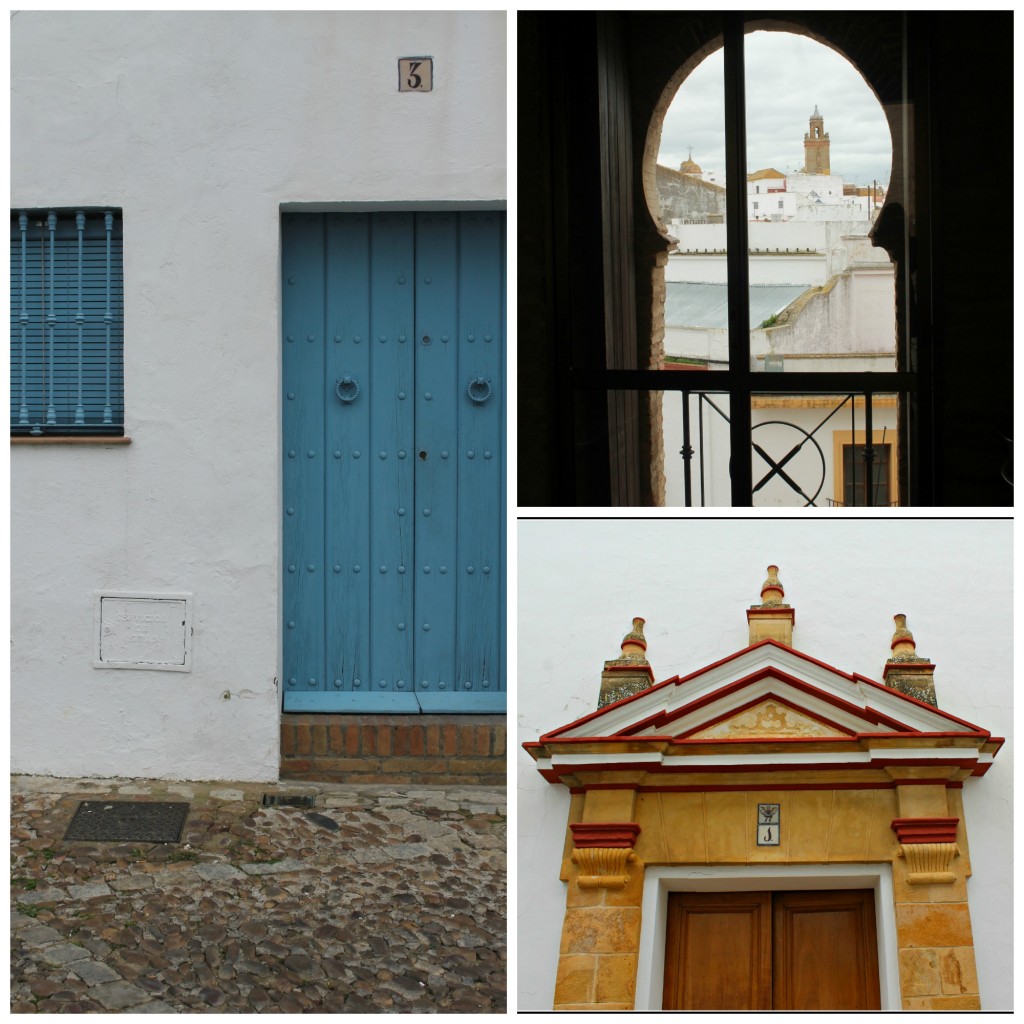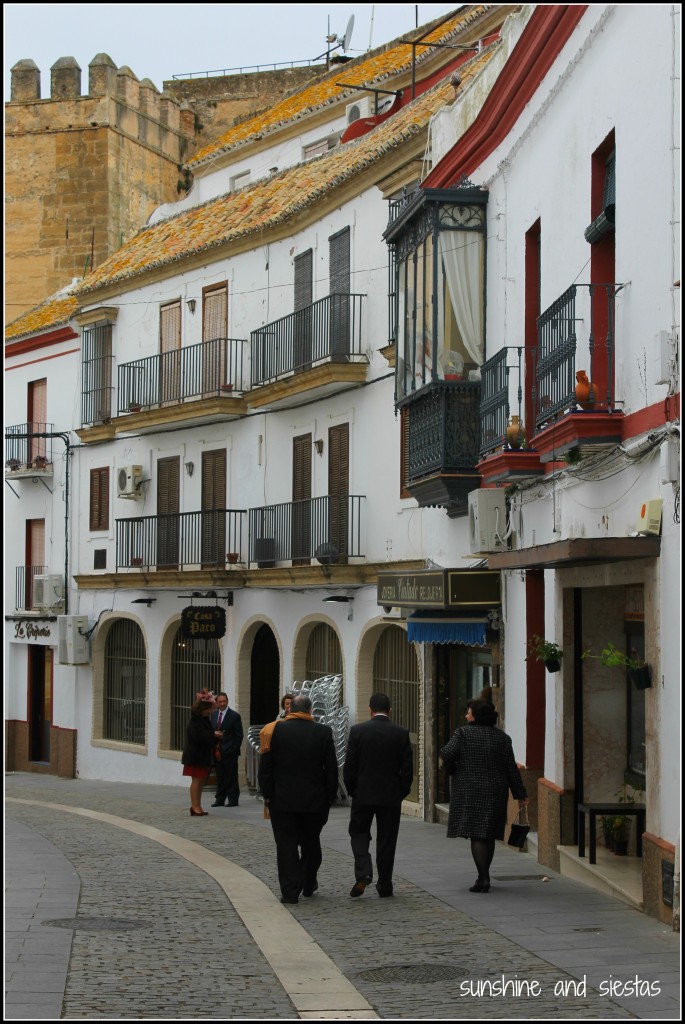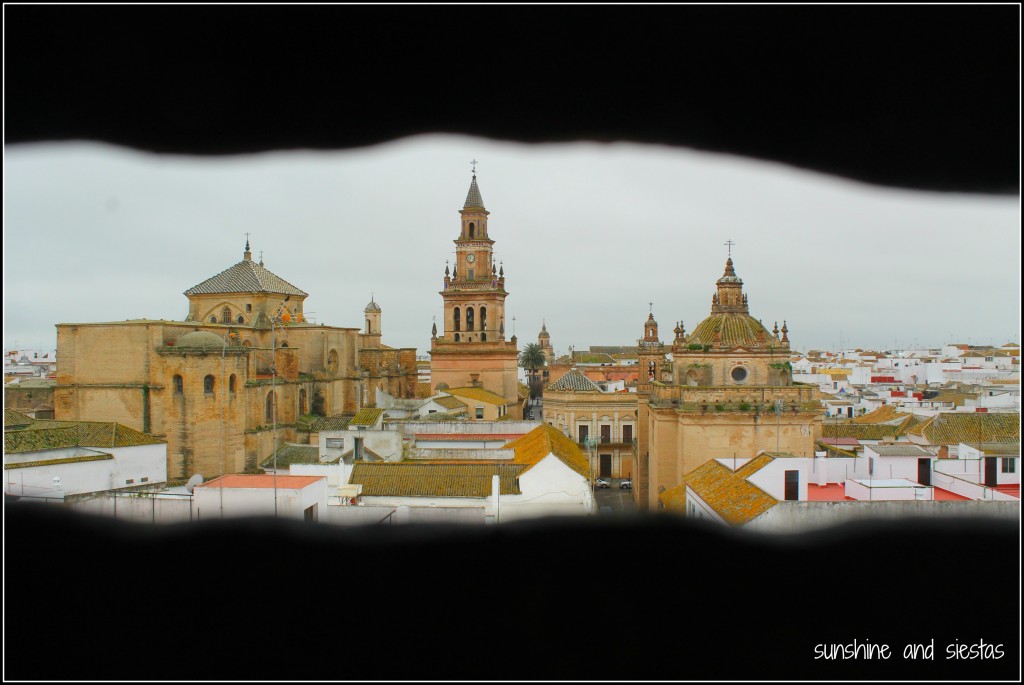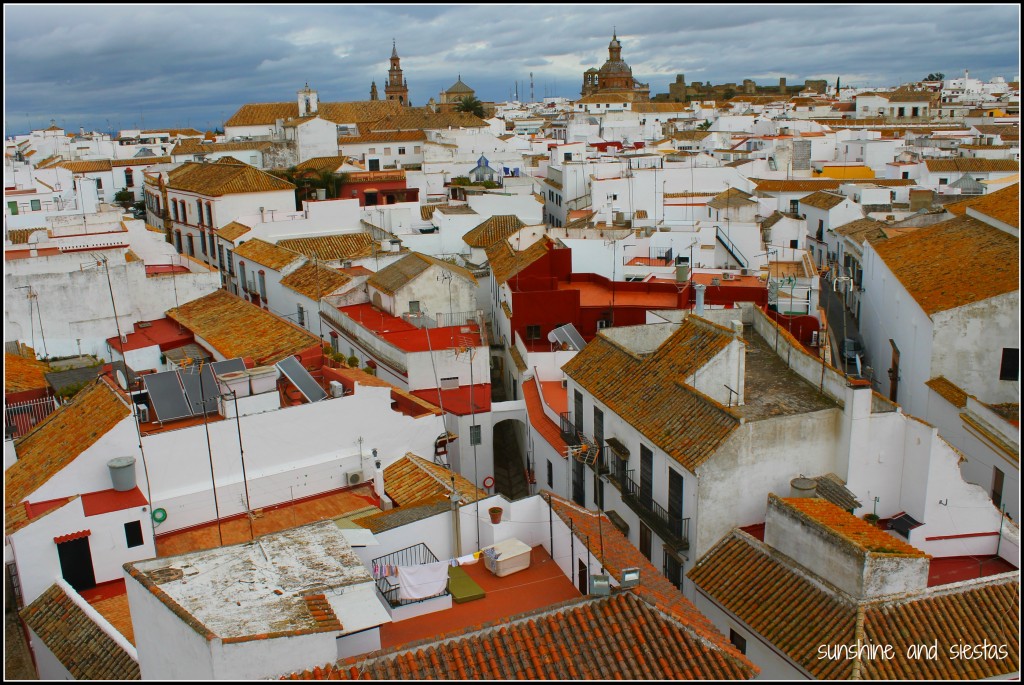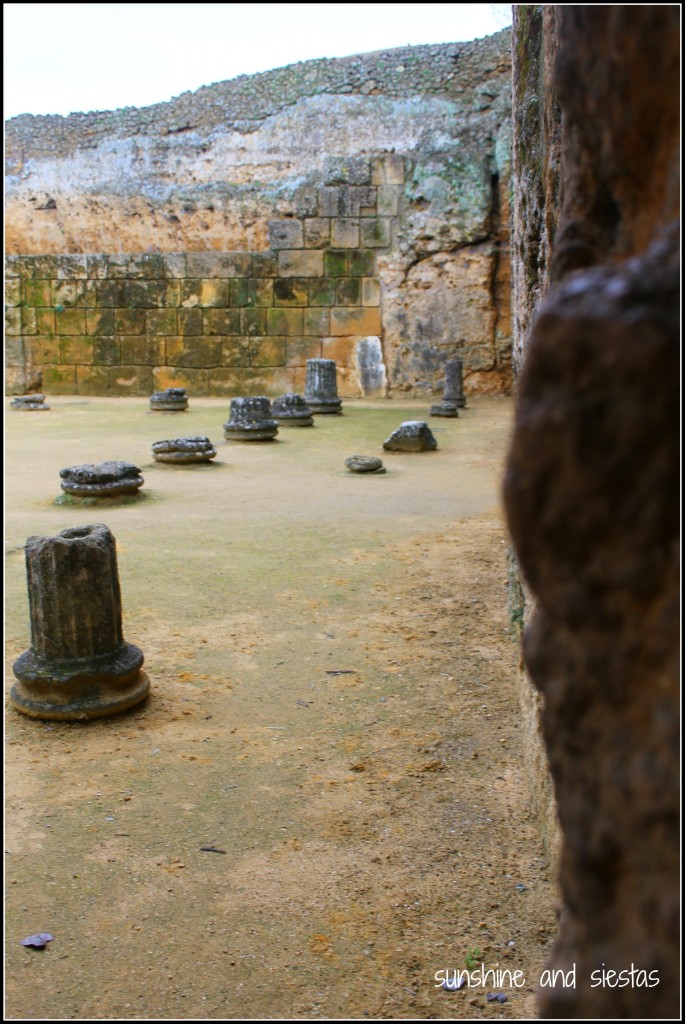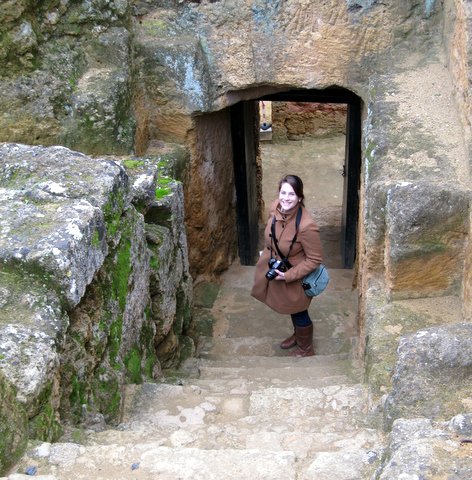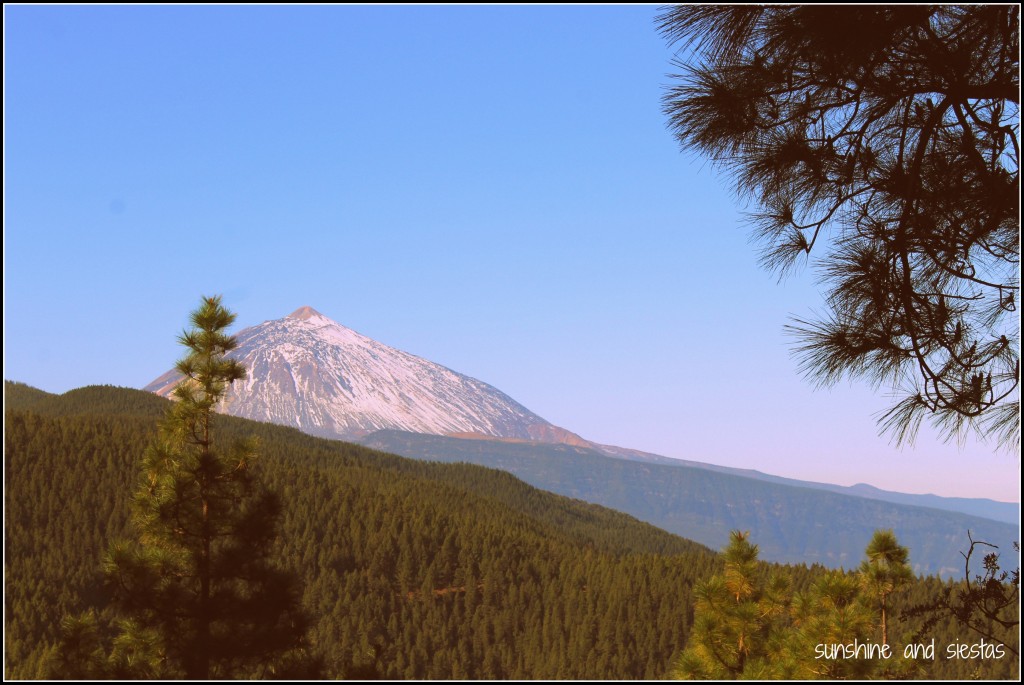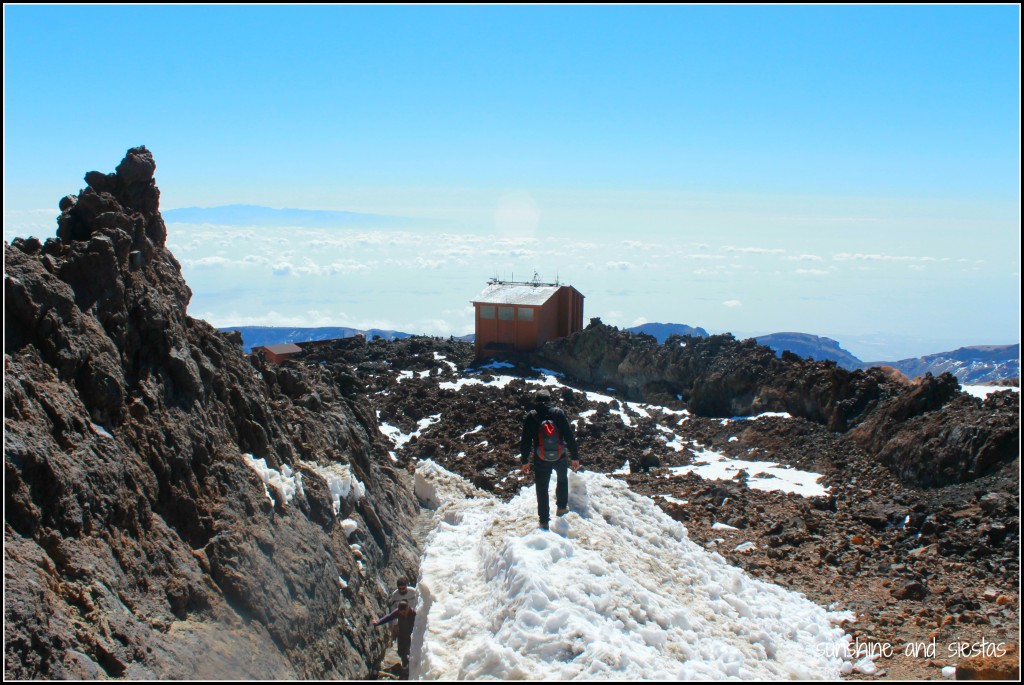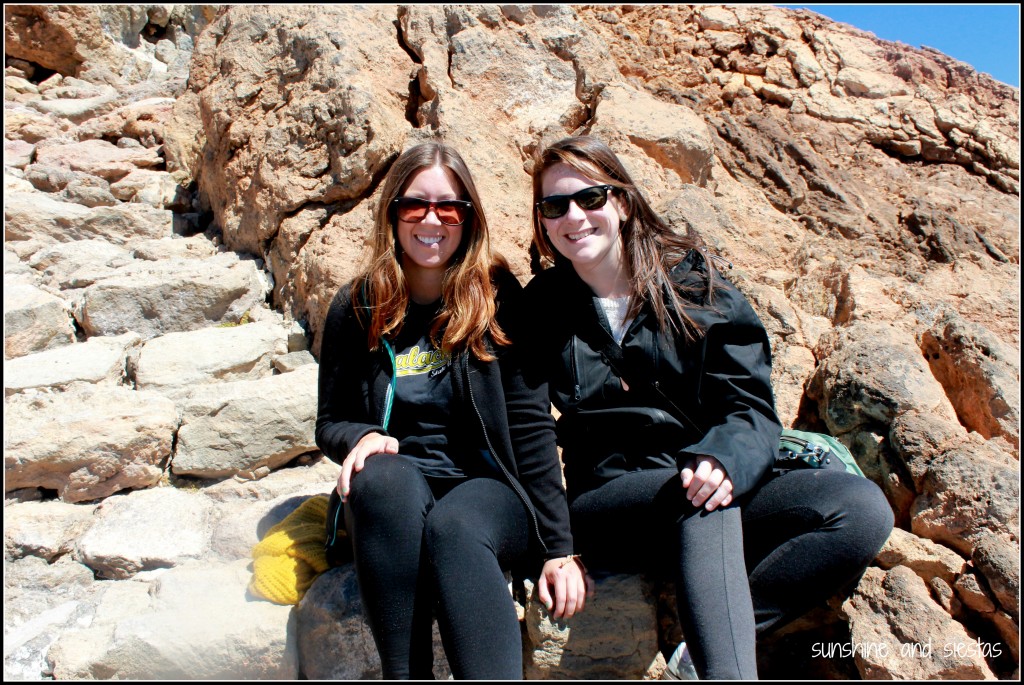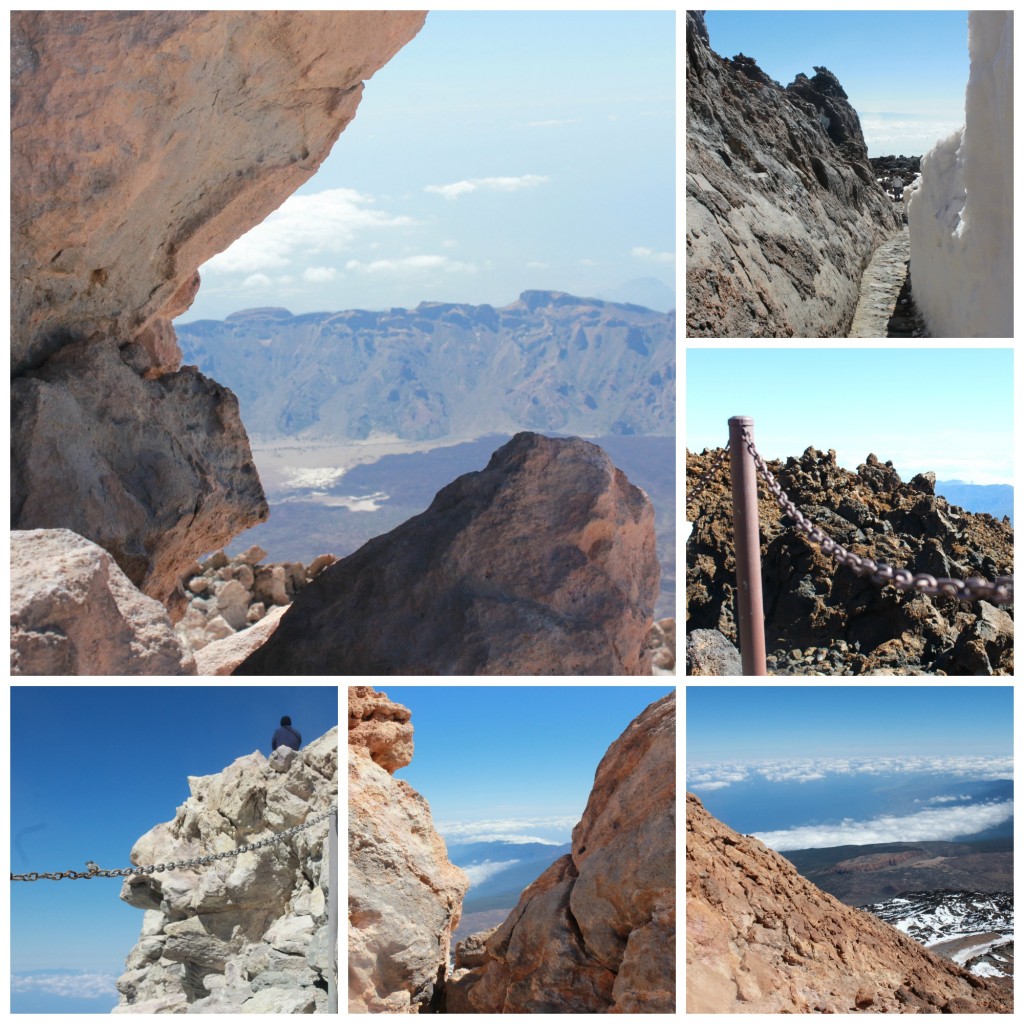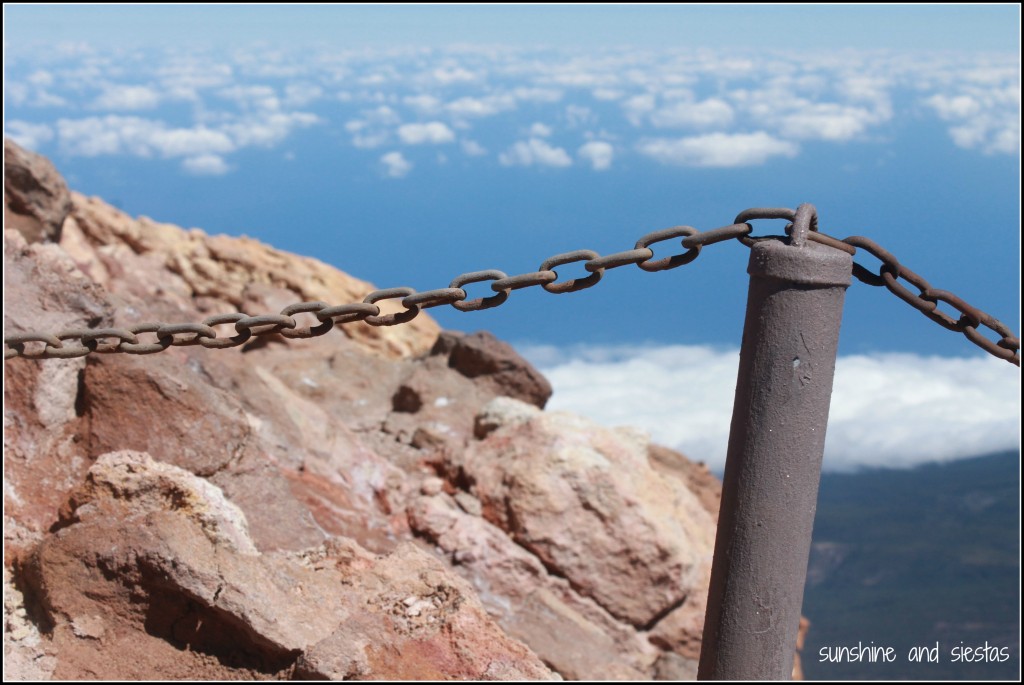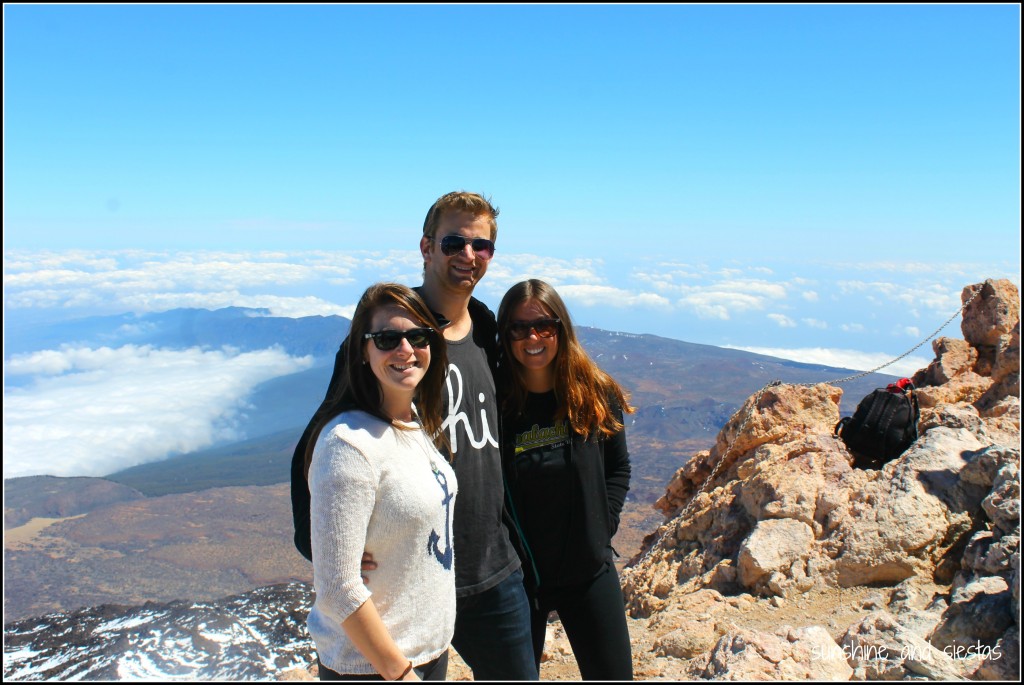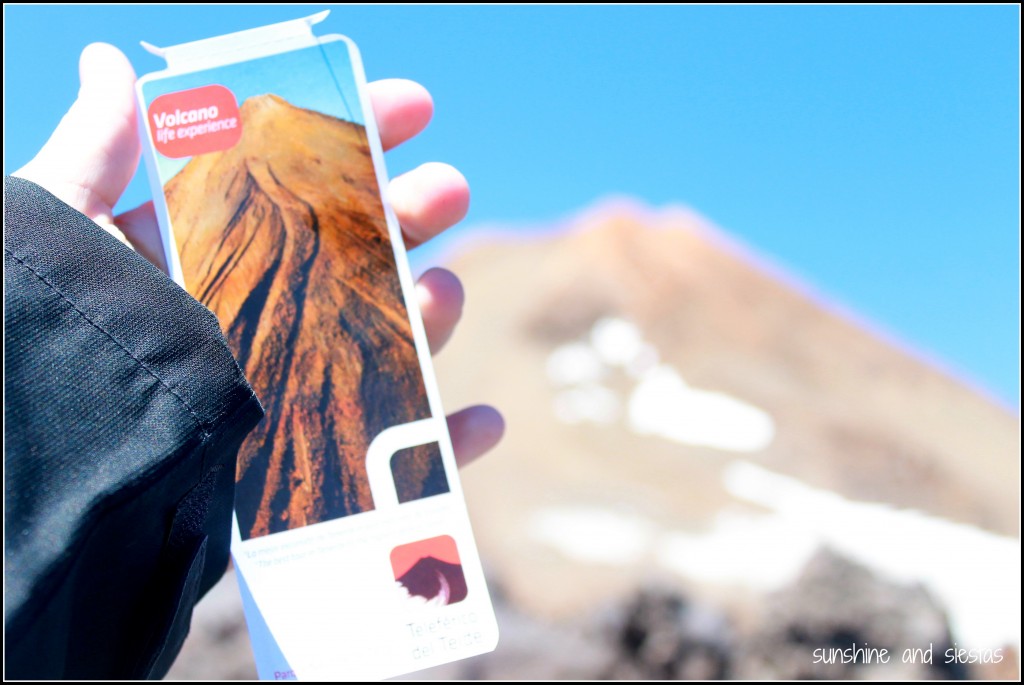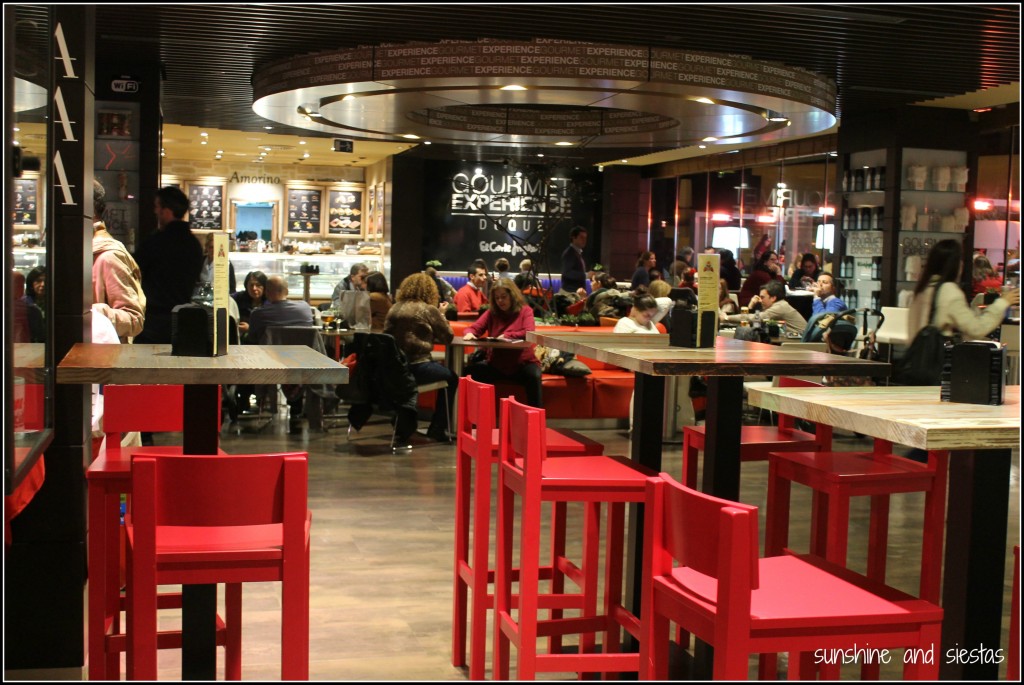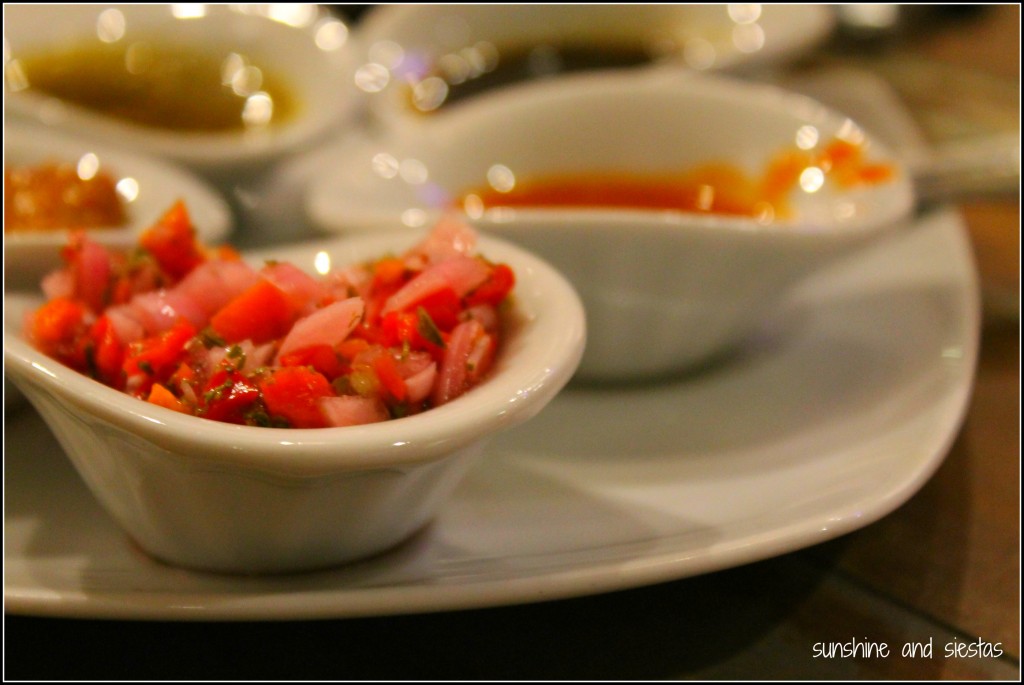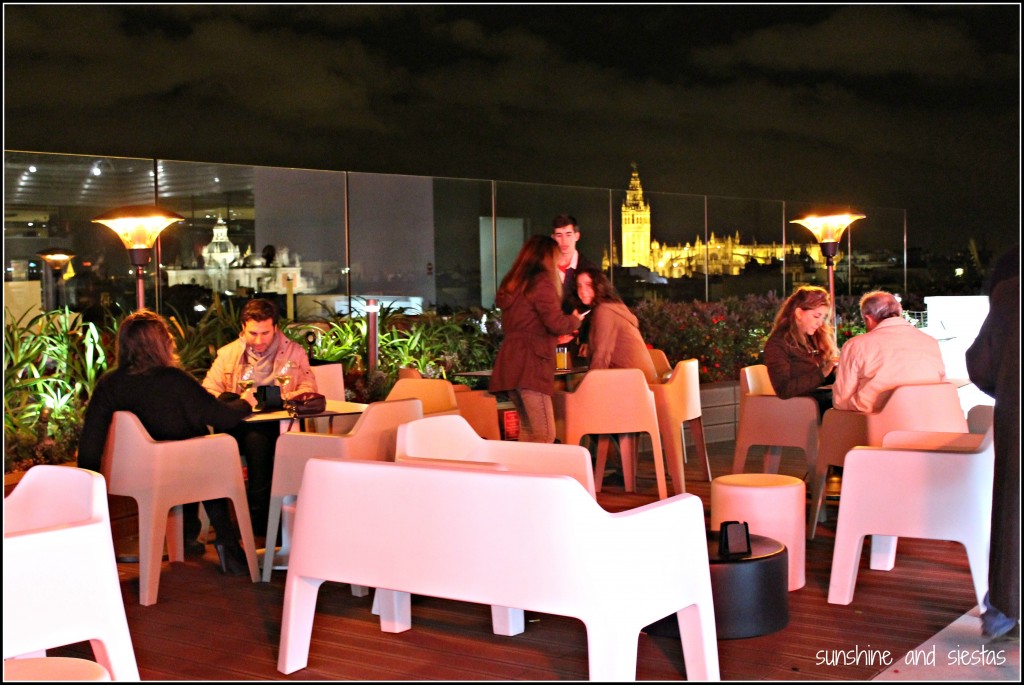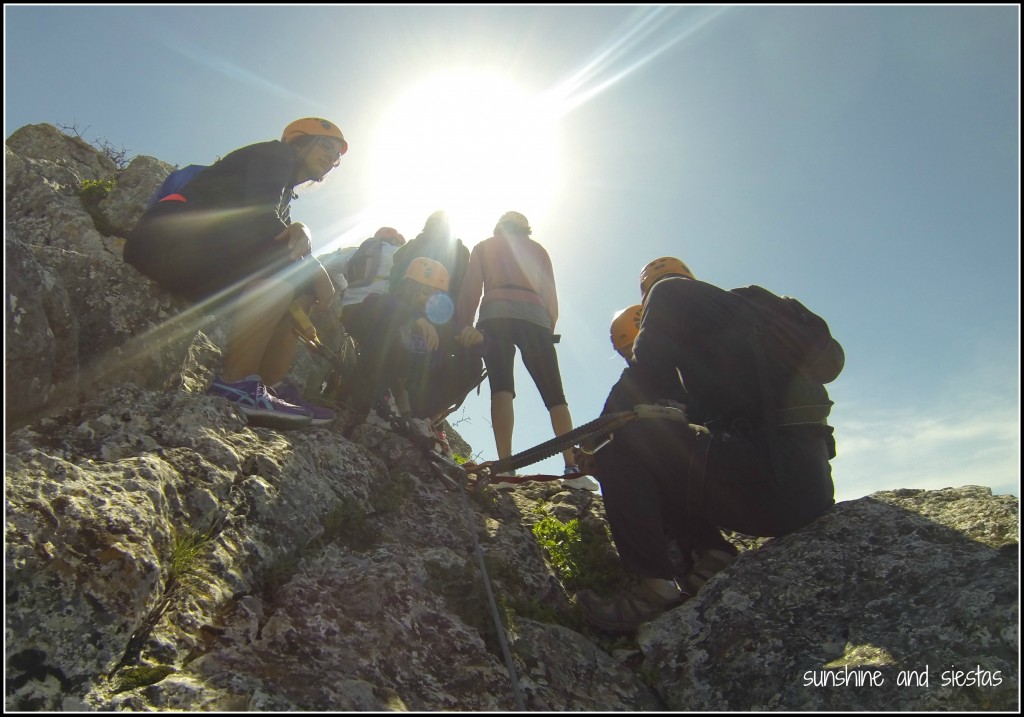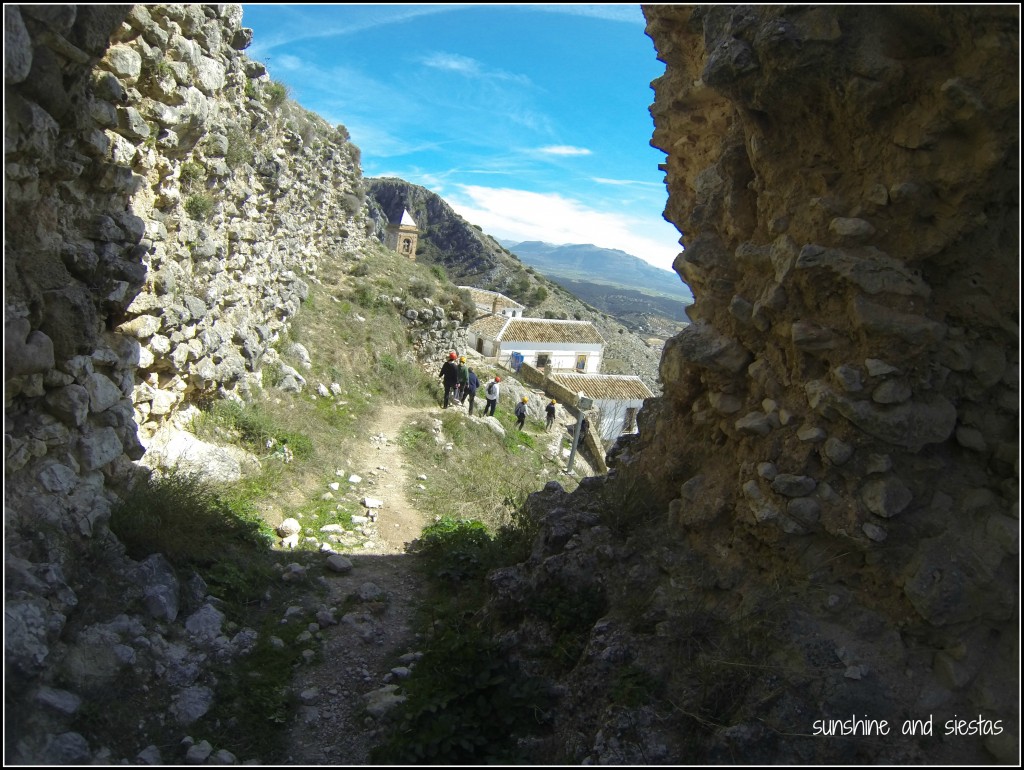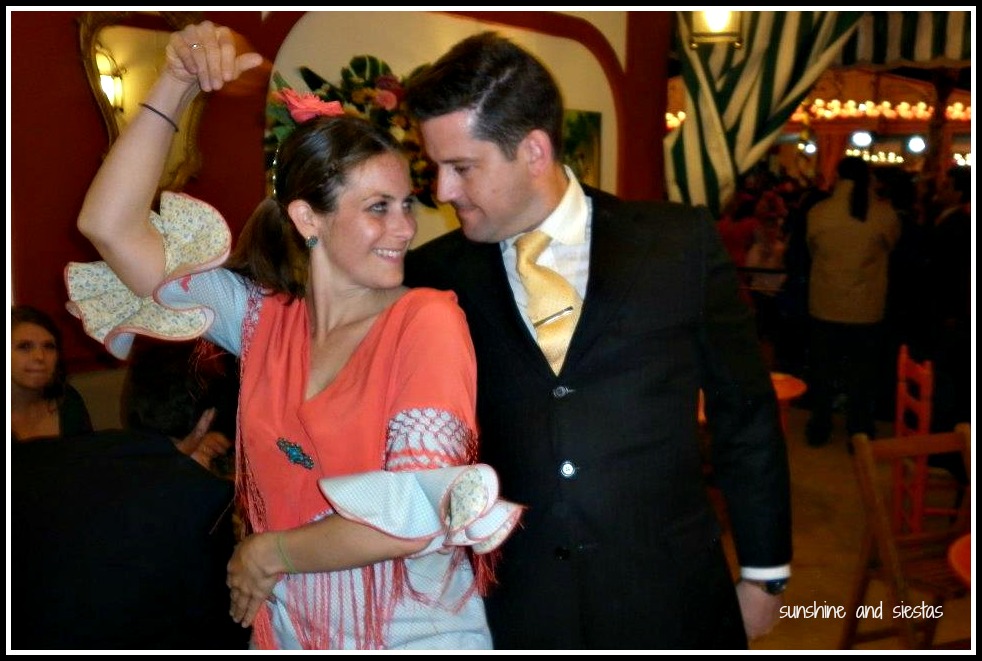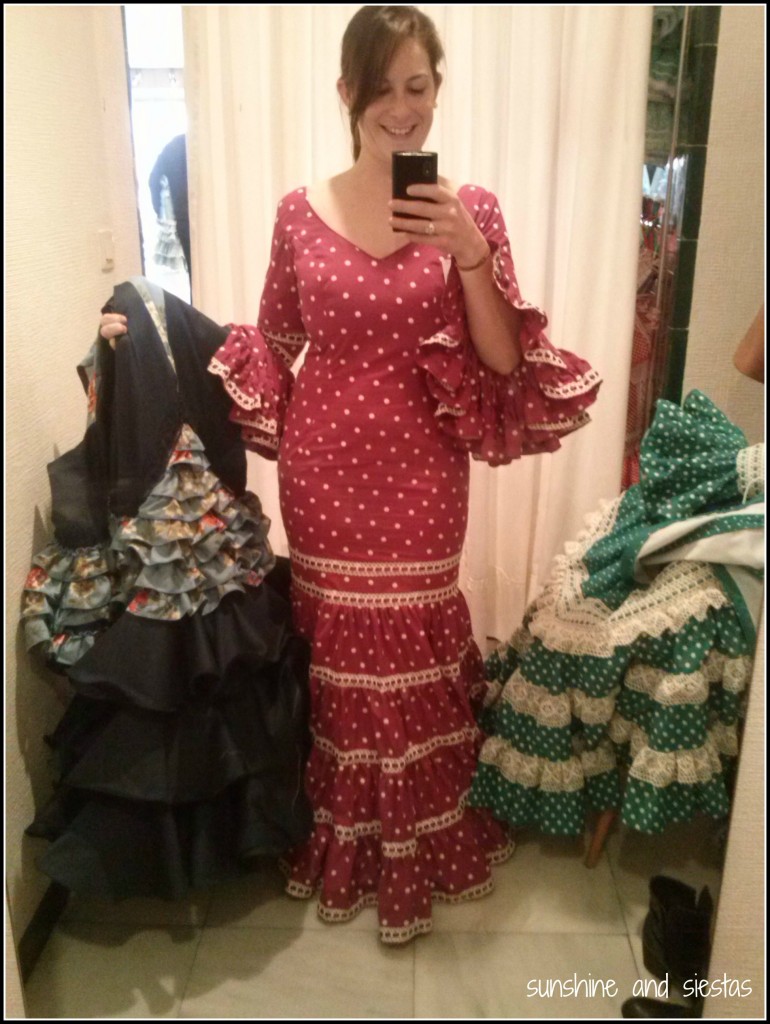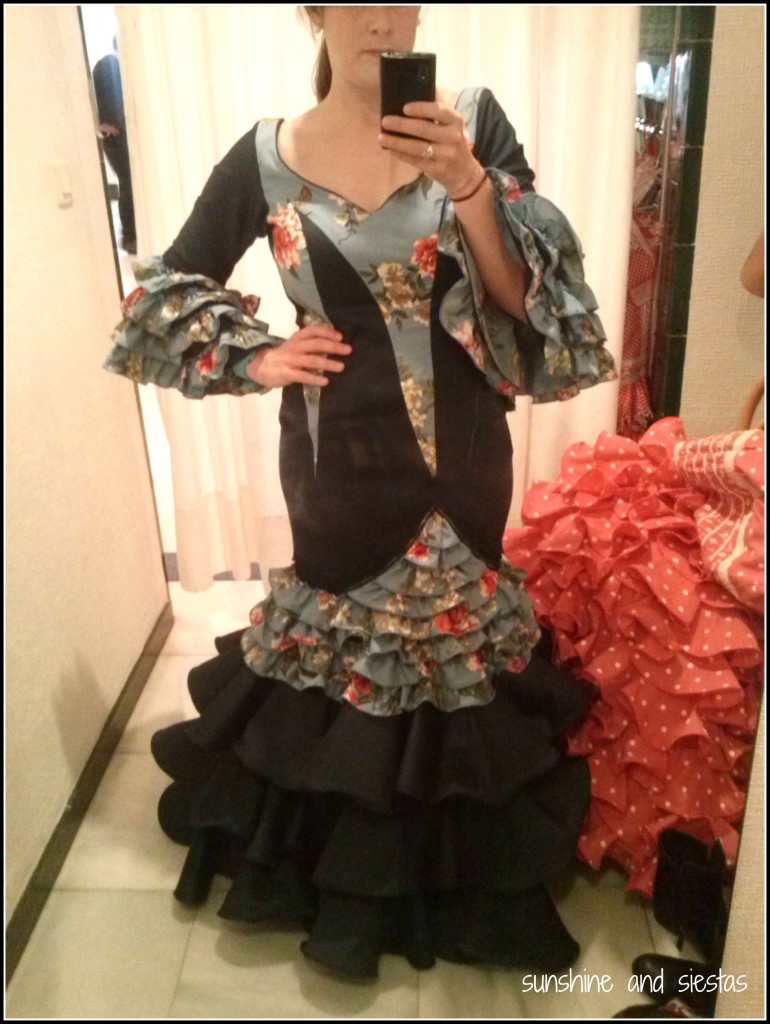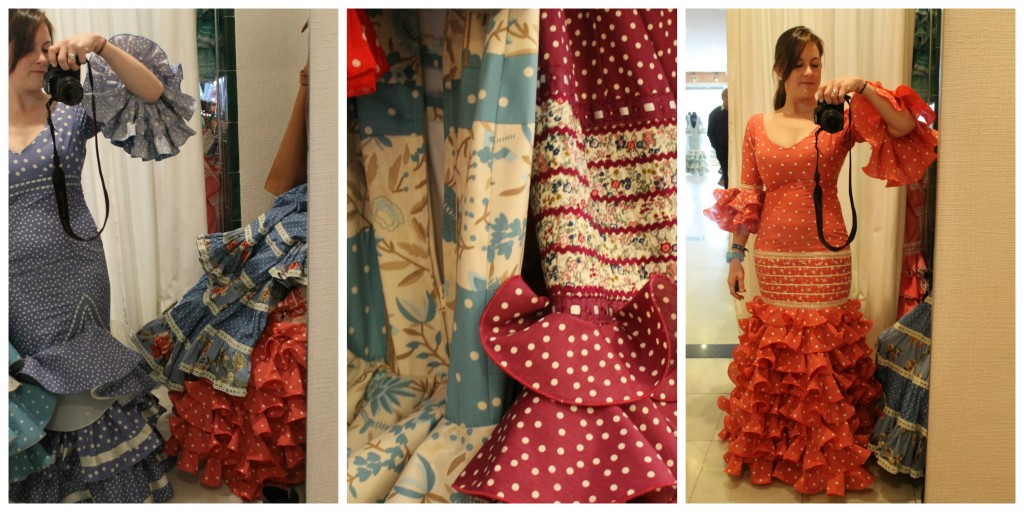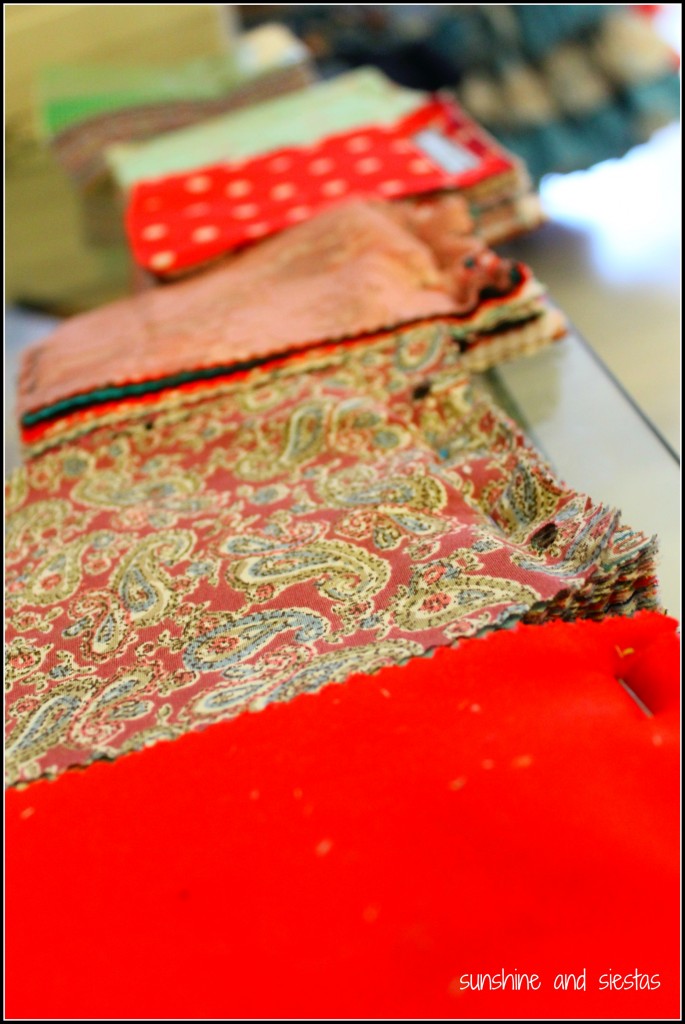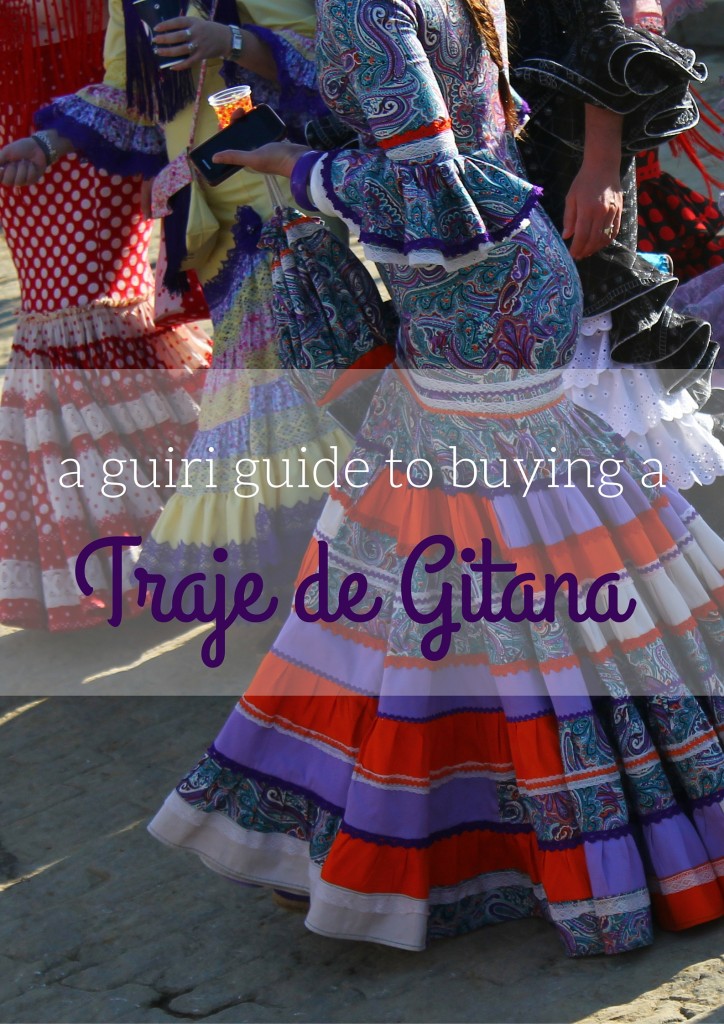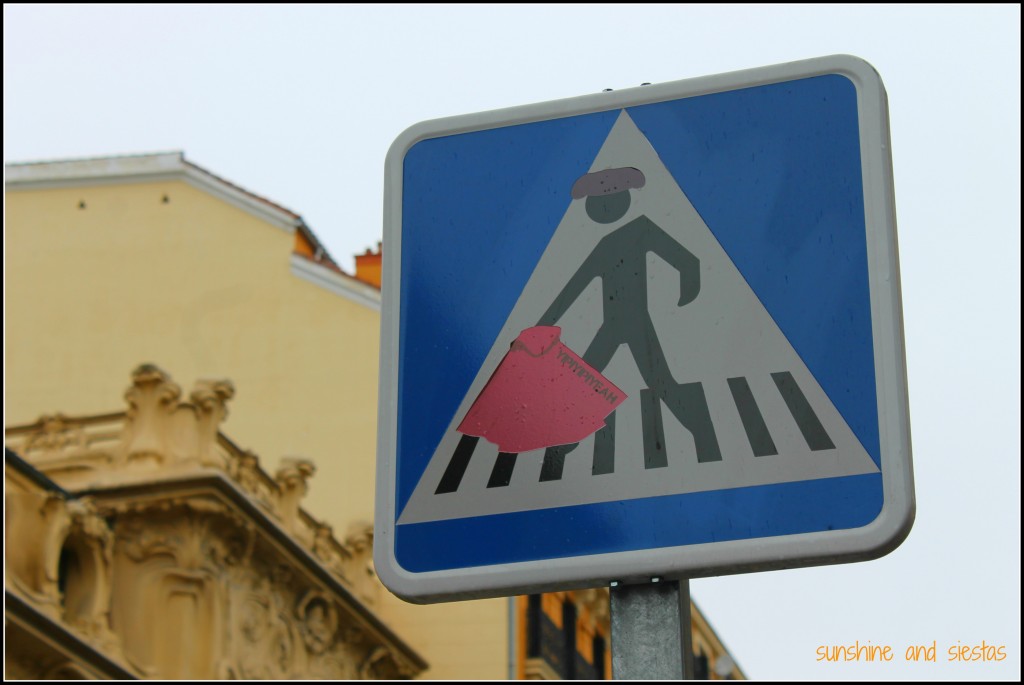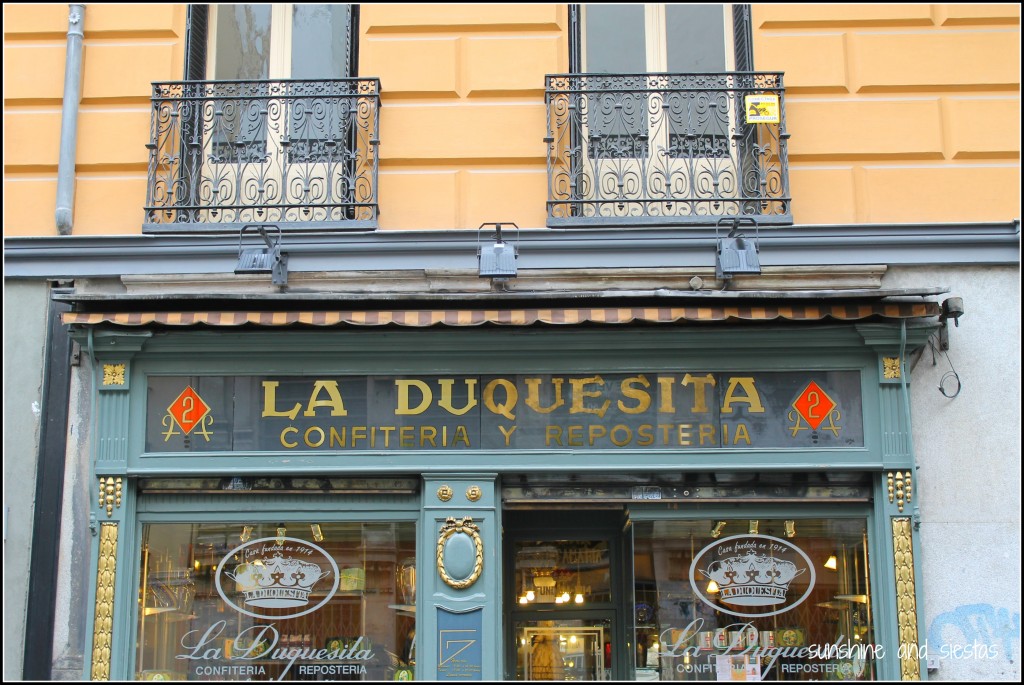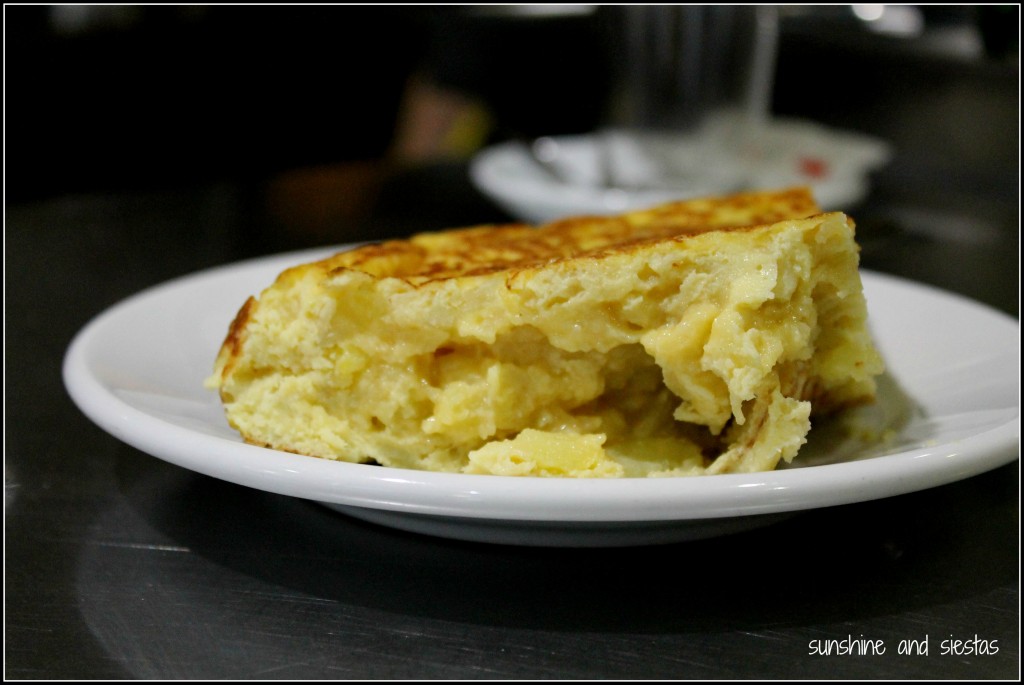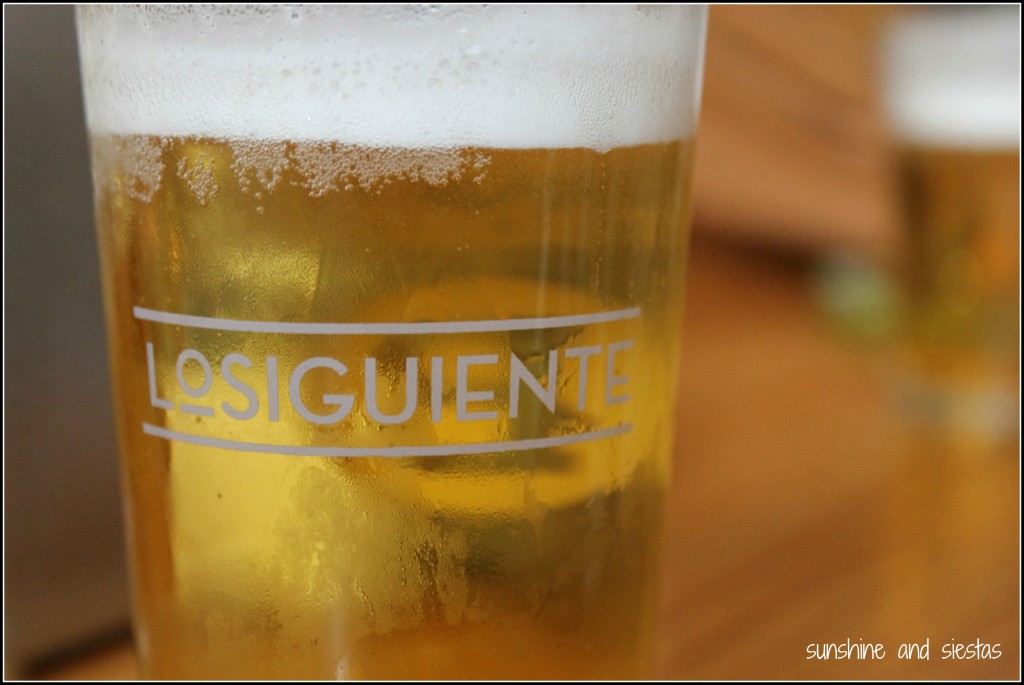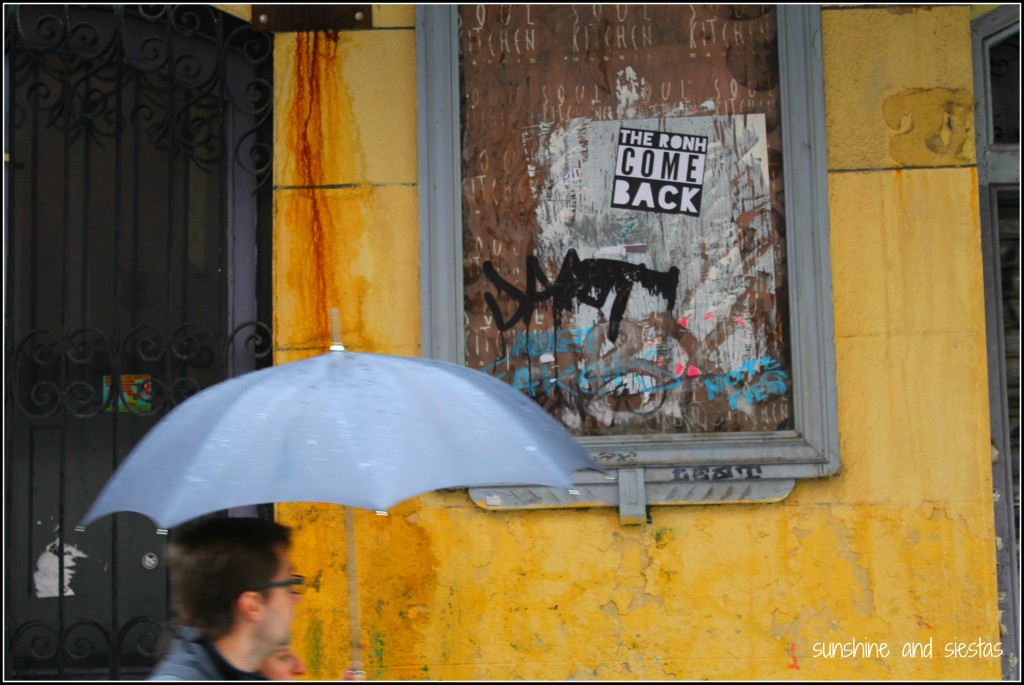Nothing says long weekend like a roadtrip, a quick stop in a village and the mass migration of people during the sacred puente. Not wanting to go too far, I settled on taking a day trip to Carmona, one of the province highlights that is often shadowed by Seville (even though, in my opinion, the province doesn’t offer too much by way of historical sites).
Rain was on the forecast, but it didn’t matter – Phyllis and I grabbed Pequeño Monty and took the A-4 all the way into town. My first trip to Carmona was five years ago on a similar, drizzly morning – I’ve been aching to return since (particularly because that was one of my poorest points of expat life – we didn’t pay to see anything and split two plates of food between five of us).
Most visitors to the city arrive to the Plaza del Estatuto, known to locals as the Plaza de Abajo. The oblong plaza is lined with old man bars. I swooned immediately.
This small city, perched on a hill above acres of wheat and olives, has seen traces of Bronze Age settlers, Roman emperors, Visigoth Kings and the Moors before its conquest in the 13th Century. In pounding the pavement, I felt like we were on the tails of history.
The old center winds up from the Puerta de Sevilla and its imposing city walls and onto Plaza San Fernando towards Calle Prim, called the Plaza de Abajo by locals. Hidden within the gradually steep walls that stretch to the Iglesia de Santiago and the Puerte de Córdoba are tucked-away plazas, convents, grandiose cathedrals and stately palaces. Many alleyways are so slim, you can touch both sides of the walls.
There was little car traffic (it seemed the whole town was either sleeping off the Carnival celebrations or at a wedding at the Priory of Santa María), and we practically had the whole place to ourselves.
Ending the day at the Necrópolis de Carmona (which is free, so you have no excuse to not go), we had gone from lavish renaissance palaces to the ruins of an ancient burial ground by just driving to the other part of town. Laying along the Via Augusta, Carmona has been attracting tourists for millennia. We were just two unassuming guiris still amazed that such old stuff exists.
Have you been to Carmona? What are you favorite villages in the Sevilla province? I’d recommend the following:
